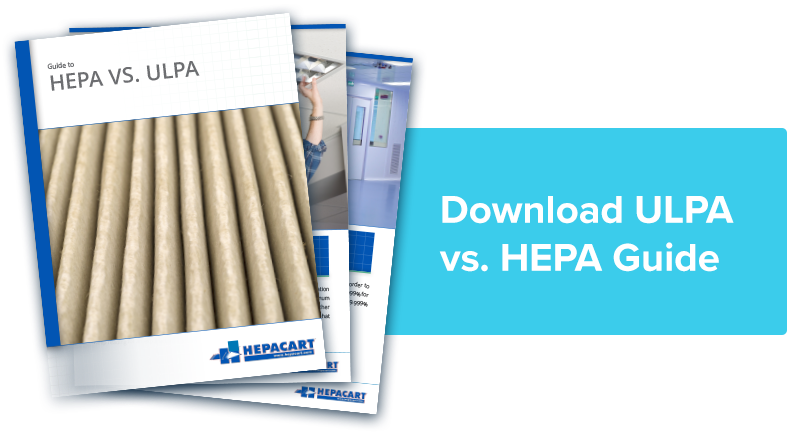In the most simplistic terms, a clean room is a controlled environment where air and surface contamination is constantly monitored and strictly controlled. These types of rooms are essential for sensitive processes like the manufacturing of microchips, pharmaceuticals, and certain medical or scientific research. A clean room goes beyond a standard sensitive environment with strict regulations as to how much and what size contaminants are acceptable in that environment. There are certain air filters, measurements and cleaning procedures that are essential to the maintenance of a clean room.
Filtration Specifications
Air filtration is one of the most critical parts of developing a clean room. Any air coming into the room must be thoroughly filtered to the contamination specifications of that particular room. For this reason, cleanrooms are kept at positive air pressure. This means that wherever a seal is less than perfect, air will only escape out and not come into the room. Any air that does come in is first filtered through HEPA grade filtration systems. The level of filtration depends on the rating of the cleanroom, which can range from ISO 1 to ISO 9 as follows:
| Class |
maximum particles per meter3 |
| ≥0.1 µm |
≥0.2 µm |
≥0.3 µm |
≥0.5 µm |
≥1 µm |
≥5 µm |
| ISO 1 |
10 |
2.37 |
1.02 |
0.35 |
0.083 |
0.0029 |
| ISO 2 |
100 |
23.7 |
10.2 |
3.5 |
0.83 |
0.029 |
| ISO 3 |
1000 |
237 |
102 |
35 |
8.3 |
0.29 |
| ISO 4 |
10000 |
2370 |
1020 |
352 |
83 |
2.9 |
| ISO 5 |
100000 |
23700 |
10200 |
3520 |
832 |
29 |
| ISO 6 |
1.0x106 |
237000 |
102000 |
35200 |
8320 |
293 |
| ISO 7 |
1.0x107 |
2.37x106 |
1020000 |
352000 |
83200 |
2930 |
| ISO 8 |
1.0x108 |
2.37x107 |
1.02x107 |
3520000 |
832000 |
29300 |
| ISO 9 |
1.0x109 |
2.37x108 |
1.02x108 |
35200000 |
8320000 |
293000 |
Source: Wikipedia
Note that ISO (which comes from the International Organization for Standardization) is not the only recognized classification system for cleanrooms, although it is among the most widely used. From top to bottom, in order for a cleanroom to qualify as a cleanroom, it must be constructed to meet these strict standards.
Maintaining Acceptable Contamination Levels
The rating of the cleanroom will dictate the measures that must be taken in order to maintain its cleanliness. At minimum, anyone entering the cleanroom must wear a hair and beard cover (where applicable), shoe covers, a face mask, and a frock that covers the clothes. For more restrictive cleanrooms, coveralls, gloves, and boot covers must also be worn.
Contamination in a cleanroom can come from two main sources: the people that enter the room and the air that enters the room. While HEPA or ULPA filtration ensures that air from outside the room does not enter without being thoroughly cleaned, the only way to protect against human contamination is by taking proper precautions. Those using a cleanroom may also be asked to not wear things like hairspray, makeup, and cologne so as to avoid contamination.
Cleaning Procedures
Despite the thorough control of a cleanroom environment, the room will still need to be maintained and cleaned. There are only certain ways and materials that can be used for a cleanroom to continue to qualify as a cleanroom. The most important thing is ensure that all products used to clean the cleanroom are approved, meaning they do not leave behind residue or particulate matter. Some of the most common materials used to maintain these types of rooms include:
- latex mops
- laser cut or woven polyester
- sponges
- isopropyl alcohol
- polyvinyl alcohol
Cleanrooms are highly controlled environments and proper training is required to work in or clean one. However, with the right precautions these can be very useful environments in which to prepare sensitive electronics, pharmaceuticals, and other materials.
